6 Ways to record things in your training diary
Do you think it’s worthwhile keeping a track of your training or coaching?
I think you should!
Reflection can be a powerful tool
You may be surprised at what you can record and how it can help you in the future
A training diary is one of the best tools to help you improve
Performance trends can’t always be observed day to day but become clear when you use a diary
Most successful athletes use training diaries –
they allow them to record their goals (short /medium/ long) plus hints on how to achieve them
Why not record a note to yourself so that you can be your own coach –
use your powerful voice!
– – – – – – – – – – – – – – – – – –
These 6 suggestions will give you ideas of what to record and how to use what you record
1 Do you use one?
2 The obvious
3 What’s your daily mood
4 Perceived effort level (RPE)
5 Immediate thoughts
6 Future thoughts
– – – – – – – – – – – – – – – –
1. Do you use one?
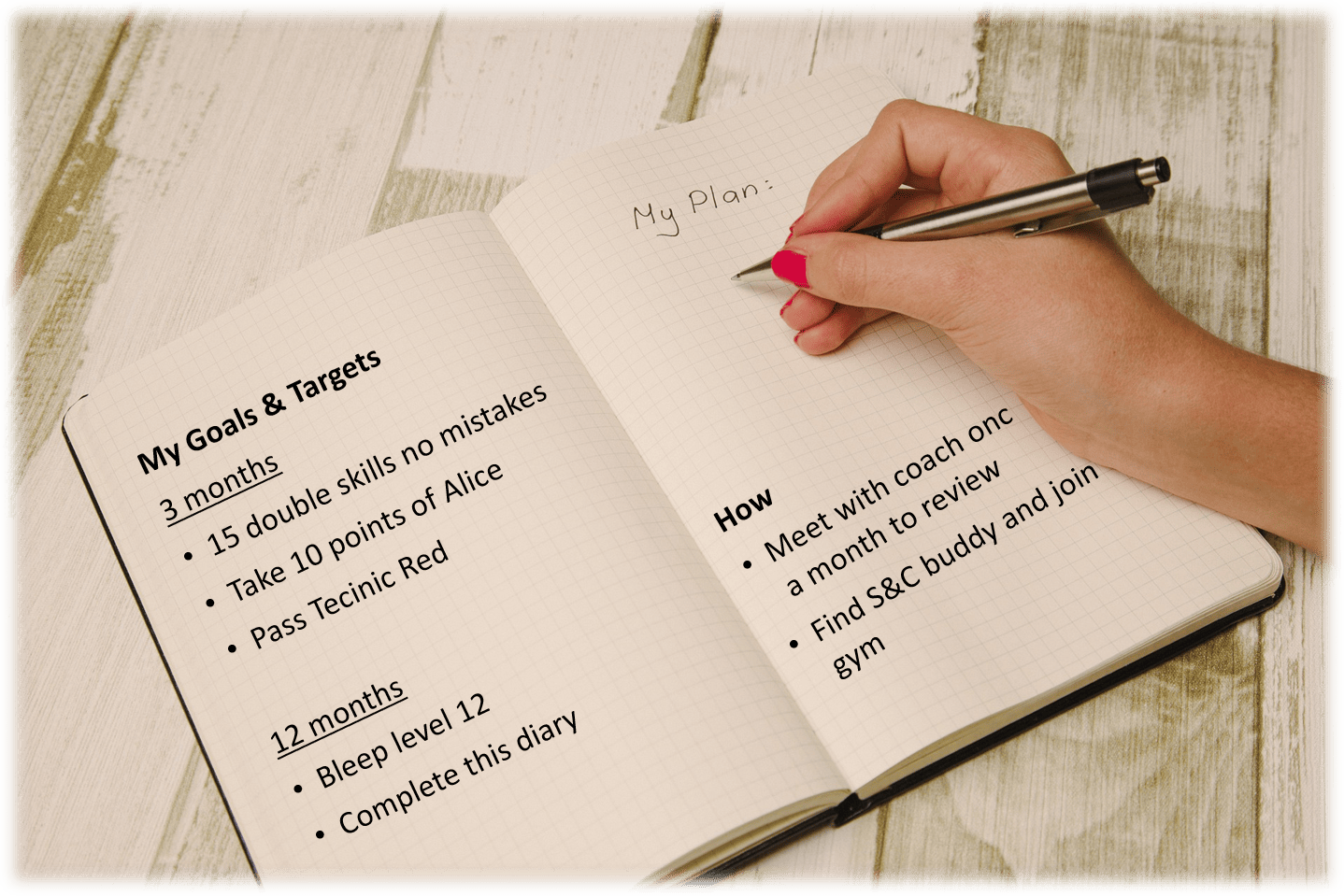 Can you remember what you did over the last 3 training sessions, how you felt and if you are progressing?
Can you remember what you did over the last 3 training sessions, how you felt and if you are progressing?
If you can, then you have a good memory, many players and coaches can’t.
But, can you remember what you have done over your last 10-30 sessions, I doubt anyone can.
Invest 5-10 minutes at the end of every day to record a few notes and pointers about the things you did that day that will contribute towards your badminton development, on and off the court.
It’s a habit that could pay off!
My preference is to use a notebook and pen. Some players also use mood stickers (more on that later) and also coloured pens to separate important categories helping for quick reference later.
Whatever you decide, keep it close, in your bag or next to your bed.
– – – – – – – – – – – – – – – –
2. The obvious
Record what happened in your day both on and off-court, in the gym, in your life if you want.
Be as specific as you want but keep it all to one page. I recommend these headings
Date Day mood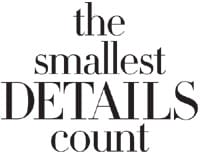
Activity Title Training feeling
Activity Description Effort Level (RPE)
Training thought Future thoughts
Try to be brief and specific when describing the actives:
- 2 hrs training on court: RTH technical with variations, match play 1hr
- 20 min run outside RPE 8-9, (3 miles) or RPE 5 (2 miles)
- 1 hr gym: bodyweight circuit ‘A’, 20 mins on treadmill RPE 8
- 30 mins stretching and gym ball work RPE 4-5
If you want to go into more detail you can record your heart rate when you wake up, some people believe that it’s an indicator of your state of health and stress; I will leave you to research that.
Some players note how they slept the previous night,
the quality of your sleep is a good indicator of how you will perform physically that day
– – – – – – – – – – – – – – – –
3. What’s your daily mood
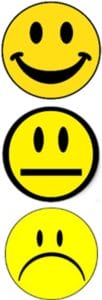 Use a smiley face emoji to quickly represent each of your activities, how you felt during the day, how you reacted to a new challenge, the list is endless. It is a simple way to reference how you felt without the need for lots of words.
Use a smiley face emoji to quickly represent each of your activities, how you felt during the day, how you reacted to a new challenge, the list is endless. It is a simple way to reference how you felt without the need for lots of words.
When you review the past month it is always interesting to see which face has represented your moods. If there are too many ‘sad’ faces then maybe you need to adjust your training or lifestyle.
I recommend that you use stickers, buy yourself several sheets and make the task even faster and simpler or
If you click on the faces above you can go straight to Amazon to buy a pack. Each face will take you to a different supplier.
Remember, 🙂 happy thoughts often equate to positive training outcomes.
It’s all a matter of how you see things 🙂 🙁
– – – – – – – – – – – – – – – –
4. Perceived effort level: Rate of Perceived Exertion (RPE)
The RPE scale is a common method for determining exercise intensity levels that you experience during a training session. The measure is how YOU feel and how hard you feel your body is working.
The RPE scale runs from 0 – 10. The numbers relate to phrases used to rate how easy or difficult you find an activity.
A workout may require you to run at a ‘medium’ pace, but that may differ from person to person, so set a level of 7. You will find it’s a good way to increase your endurance and not blow yourself out. Alternatively, a hard singles session or sprint workout should be around level 9, you are unable to talk within 30 seconds when finishing.
It can also be adapted to use in the gym when lifting. Record the difficulty in terms of effort alongside the sets, reps and Kg.
The scale would be :
0 = easy & minimal effort,
5 = tough during the last set only, all previous sets were comfortable
7 = tough during the last few reps of every set with the last set being the hardest to complete
9 = nearly all reps feel hard and each set is only just completed
– – – – – – – – – – – – – – – –
5. Immediate thoughts
 Use the training log to record your thoughts straight after the session, including your emotions if you want, it’s your log.
Use the training log to record your thoughts straight after the session, including your emotions if you want, it’s your log.
Record whatever you want before you forget them. Either whilst you are cooling down or eating once you are at home.
How you felt during the session
- “my backhand has really improved”
- ” that last set of sprints killed me”
- “I felt so strong mentally tonight, nothing bothered me”
- “managed 5 double skips tonight .. 1st time :)”
Then add some general notes
- “need to work on my return of low serve in singles”
- “lower back is sore after that defensive multi-session”
- “can’t seem to get my BH xc blocks over all the time: remember grip change and “EP” !”
Thoughts that intrigue or surprise you
- “wow my fh net spins were awesome: remember to use my foot, hit-land”
- “why has my skipping improved?: maybe it’s the advice from Chloe”
- “I think I really prefer 1 shuttle work with decisions where I can hit winners
- The multi shuttle is starting to become boring as its always the same session
– – – – – – – – – – – – – – – –
6. Future thoughts
These are important and allow you to set a future goal. You can take away the immediate pressure of that week and identify goals or targets for the next 4 weeks.
It’s fun to write a note to your future self. Have you considered that?
Identify the aspects you need to improve or the things you would like to work on. They need to be related to the training that day but they don’t need to be achieved immediately.

– – – – – – – – – – – – – – – –
The series that gives you access to expert opinions and views on all things badminton
– – – – – – – – – – – – – – – –
Do you want to share your thoughts?
Would you share your thoughts with your coach or trainer? Hopefully, they have given you this talk and asked to help.
Showing them will be helpful. Talk about the things you want to work on. Without input from them and you, how can you improve?
Just allowing and expecting your coach to set the session is NOT the way to improve.
Work together and set some goals and targets: medium (4 – 8 weeks) or the season goals
Progression can be enhanced by being able to review what you did last week / last month. Often you are improving without knowing it. Your training diary can show you the improvements 🙂
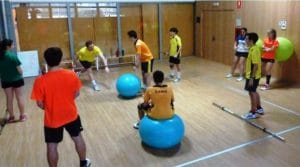

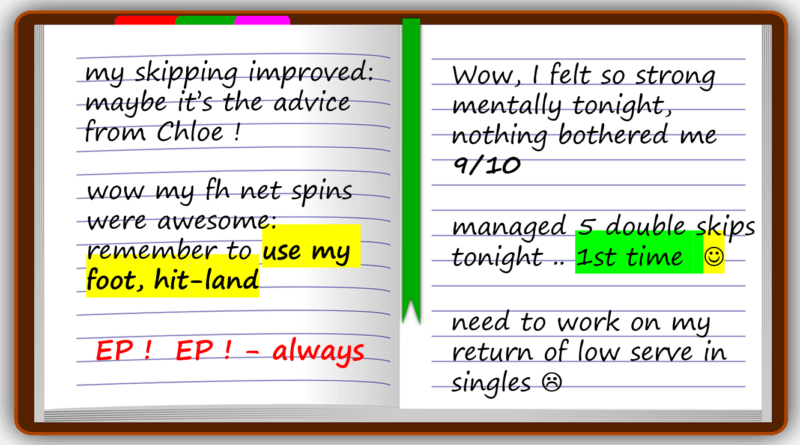
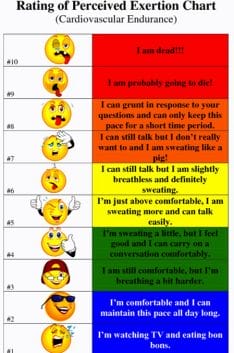
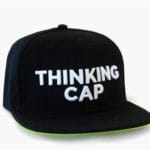


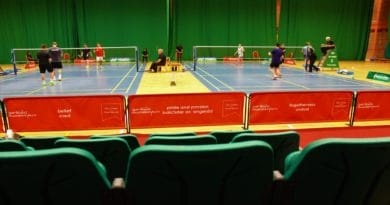
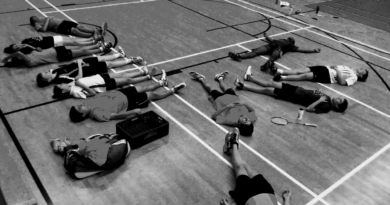
Hi Andy,
Just reading your article on training records/notebooks and it made me grin. I have 9 notebooks!!
As a coach in 3 different kids clubs, that’s a notebook for each with training plans and notes and progression ideas for each.
I run at least 3 juvenile league teams for a juvenile club I help run. I use the notebooks to record
– details of the Team we played,
– what their scores were,
– who the opposition players were
– What we did that worked for us and what didn’t
– also what we need to work on.
These notebooks go back a few seasons so I can see what patterns emerge.
A 7th notebook is for any schools I go into, again checking what worked and what didn’t plus keeping a record of what schools and age groups are playing and if I can stream any interested players into existing juvenile clubs.
My 8th notebook is one long moan. This one is on my playing/training with my club. My matches, scores, partners and opposition etc.
My 9th notebook is full of ideas, notes, book recommendations, video links. A real mish-mash, dogeared notebook.
Last year I had a 10th notebook, this hasn’t been called into use yet this season, but I’m hoping it will. One of my favourite experiences was for Special Olympics. I was the Leinster head coach for the All Ireland Games. This notebook is bursting with pride and laughter. Fingers crossed it’ll be opened again.
I’d love to hear what other coaches have in their notebooks.
Do they have as many or less than me?
My notebooks have shown up some interesting insights (for me) on the health and gaps in juvenile badminton in Ireland.
What’s in your notebook Andy?
Regards
Simone Higgins